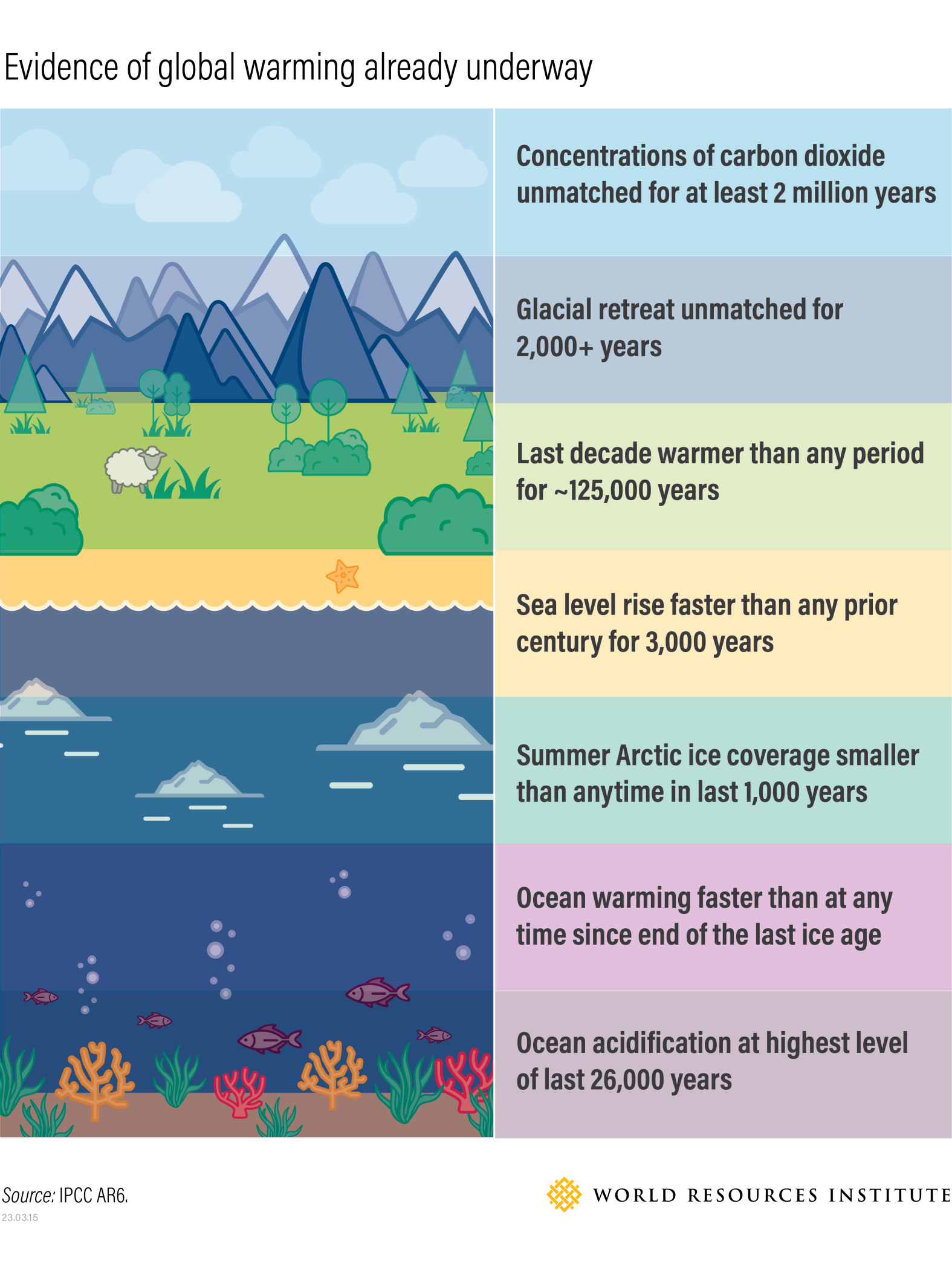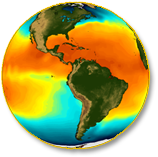Human Influences on Climate  continued
continued
In 2001 the IPCC concluded:
“Most of global warming of past 50 years is likely due to human activities”
In 2007 the IPCC concluded:
“Most of global warming of past 50 years is very likely (odds 9 out of 10) due to greenhouse gases”
In 2013 the IPCC concluded "Warming of the climate system is unequivocal, and since the 1950's, many of the observed changes are unprecedented over decades to millennia". Furthermore, the IPCC found that "it is extremely likely that human influence has been the dominant cause of observed warming since 1950".
In 2023 the IPCC’s 6th Assessment stated that human activities, principally through emissions of greenhouse gases, have unequivocally caused global warming , with global surface temperature reaching 1.1°C above 1850–1900 in 2011–2020. Global greenhouse gas emissions have continued to increase, with unequal historical and ongoing contributions arising from unsustainable energy use, land use and land-use change, lifestyles and patterns of consumption and production across regions, between and within countries, and among individuals
The IPCC’s 6th Assessment outlines that climate changes will increase in all regions of the globe over the coming decades and that even with 1.5°C of global warming, there will be increasing heat waves, longer warm seasons, and shorter cold seasons – which will become more intense at 2ºC of warming. Human-caused climate change is already affecting many weather and climate extremes in every region across the globe. This has led to widespread adverse impacts and related losses and damages to nature and people. Vulnerable communities who have historically contributed the least to current climate change are disproportionately affected. Fortunately, the IPCC identifies a range of measures that support a just transition as the world moves toward net-zero-emissions. Reconfiguring social protection programs (e.g., cash transfers, public works programs and social safety nets) to include adaptation, for example, can reduce communities’ vulnerability to a wide range of future climate impacts, while strengthening justice and equity. |

|
Deep emission cuts are necessary across all of society to combat the climate crisis.
